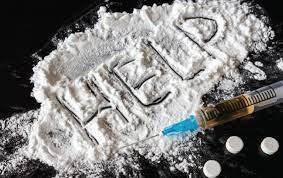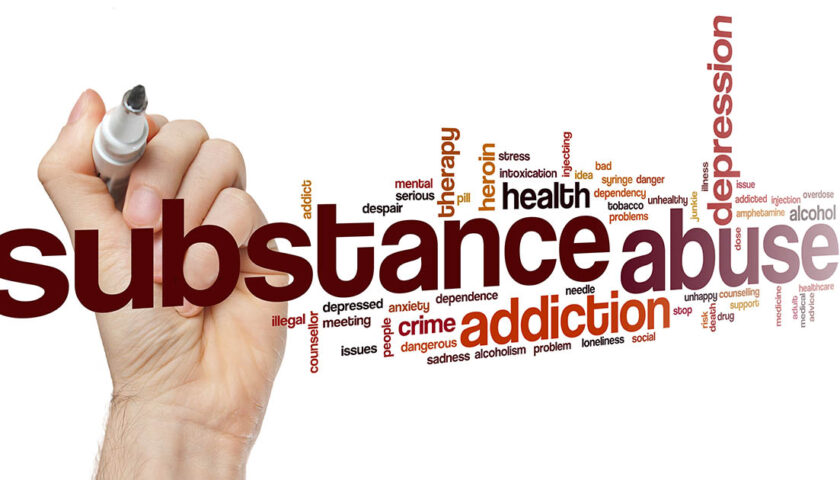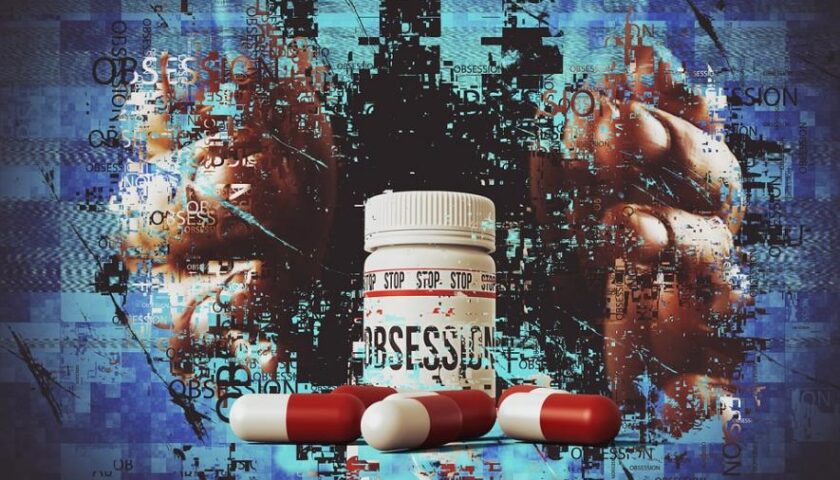The Valley’s Silent Epidemic
By: Javid Amin | Srinagar | 28 June 2025
From the snow-covered peaks of Gulmarg to the bustling lanes of Srinagar, a new and devastating crisis is gripping Kashmir. Beyond the political headlines and tourist snapshots lies a growing darkness: drug addiction. Jammu & Kashmir, once known for its scenic serenity and cultural richness, is now battling one of the worst drug crises in the region—and the numbers are a call to urgent action.
According to the Parliamentary Standing Committee on Social Justice and Empowerment, over 13.5 lakh people in Jammu & Kashmir are addicted to drugs. Even more disturbing? 1.68 lakh of them are minors aged 10 to 17 years.
This isn’t just a social issue. It’s a public health emergency, a family tragedy, and a collective moral crisis.
Drug Use Among Children: The Youngest Victims
Children in Kashmir are growing up in conflict zones, unemployment, trauma—and now, under the cloud of substance abuse.
Of the 1.68 lakh minors:
- 95,000 are addicted to opioids, including heroin and synthetic painkillers.
- 46,000 inhale industrial solvents, such as glue, paint thinners, and nail polish removers.
- The remaining numbers include children addicted to sedatives, cannabis, stimulants, and even veterinary medications like Avilin.
The streets of Srinagar, Baramulla, Sopore, and Anantnag have seen young boys—some barely teenagers—slumped on pavements, lost in the grip of addiction. In Pulwama, local NGOs report 13-year-olds being used as couriers for drug peddlers.
The Polydrug Problem: A Dangerous Mix
Doctors, de-addiction counselors, and law enforcement warn of a rising trend of polydrug use. This involves combining multiple substances to enhance the euphoric effect or to ease withdrawal from one by taking another.
For example:
- Users mix heroin with sleeping pills to prolong the high.
- When heroin is unavailable, they substitute with codeine-based cough syrups or veterinary tranquilizers.
Such combinations can be fatal. Emergency rooms across Kashmir are witnessing a rise in overdose cases involving cocktail drug consumption.
Adults Are Not Immune: The Wider Social Spectrum
While minors form a distressing chunk of the statistic, the adult population isn’t far behind:
- 4.47 lakh adults are addicted to opioids.
- 3.54 lakh consume alcohol regularly.
- Many are addicted to cannabis, prescription sedatives, and contraband stimulants.
Drug addiction is no longer limited to unemployed youth. Government employees, university students, small business owners—all are falling into its grip.
Roots of the Crisis: Why Kashmir?
Multiple, interconnected factors make Kashmir particularly vulnerable to drug abuse:
- Geographical Position: Proximity to the “Golden Crescent” (Afghanistan, Pakistan, Iran) makes it a transit zone for narcotics.
- Conflict & Trauma: Decades of conflict have created a population living under constant psychological stress.
- Unemployment & Hopelessness: Lack of job opportunities, especially for youth, contributes to substance abuse.
- Easy Availability: Pharmaceutical drugs are loosely regulated and sold over-the-counter.
- Peer Pressure & Social Disintegration: Rapid social changes and urbanisation are fraying traditional family support systems.
Where Are The Rehab Services?
The government launched the Nasha Mukt Bharat Abhiyan and claims to have established de-addiction centers in all districts. But the ground reality paints a different picture:
- Many de-addiction centers lack trained psychiatrists.
- Several centers are running without counseling staff or detox units.
- There is no dedicated Youth Rehabilitation Policy in place.
In Bandipora, the only functional center can house just 12 patients, while thousands require assistance. In Kupwara, parents have to travel to Srinagar for even the initial consultation.
The School Front: Neglected But Crucial
Schools could be the first line of defense against addiction, but they remain underutilized:
- No trained counselors in most government-run schools.
- No mandatory drug education curriculum.
- Teachers are ill-equipped to handle or detect signs of drug use.
Pilot programs in some private schools have shown promising results, using peer-led workshops, storytelling, and drama-based interventions.
Role of Religion and Civil Society: A Missed Opportunity
Kashmir’s religious and civil society institutions have historically played vital roles in moral guidance. Yet, their involvement in anti-drug campaigns remains limited.
- Sermons in mosques could incorporate messages about health and addiction.
- Religious leaders can help destigmatize addiction treatment.
- NGOs and volunteers can run neighborhood-level awareness programs.
When community elders, teachers, and Imams speak in one voice, the message penetrates deeper.
What Needs to Be Done: A Holistic Action Plan
- Immediate Government Action:
- Establish a dedicated Drug De-addiction & Youth Rehabilitation Policy.
- Increase budget allocation for mental health services.
- Set up mobile de-addiction clinics in remote areas.
- Tight Regulation of Pharmaceuticals:
- Crackdown on over-the-counter sale of addictive substances.
- Monitor pharmacies and chemist shops for irregularities.
- School-Based Interventions:
- Train teachers to detect early signs of drug use.
- Appoint full-time counselors in every school.
- Community-Based Programs:
- Encourage neighborhood watch groups to report peddling.
- Empower local mosques and NGOs to run outreach campaigns.
- Rehabilitation and Reintegration:
- Provide vocational training and job placements for recovering addicts.
- Offer family counseling to rebuild support systems.
Final Word: Kashmir’s Youth Deserve Better
Addiction is not just a moral failing; it’s a symptom of a system in distress. The youth of Kashmir deserve futures filled with dreams, not despair. The families deserve support, not silence. The Valley, known for its poetic soul and resilient spirit, must rise to face this challenge.
It begins with awareness. It requires policy. It demands empathy. And above all, it calls for action—from the government, the schools, the mosques, and the mohallas.
The time to act is now. Before we lose another child to the haze of heroin.




